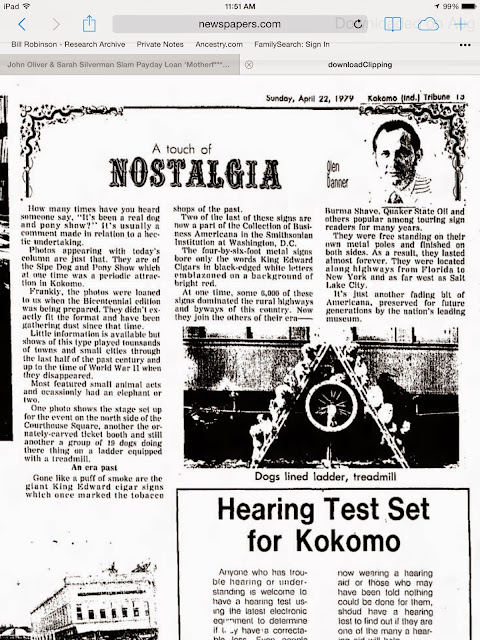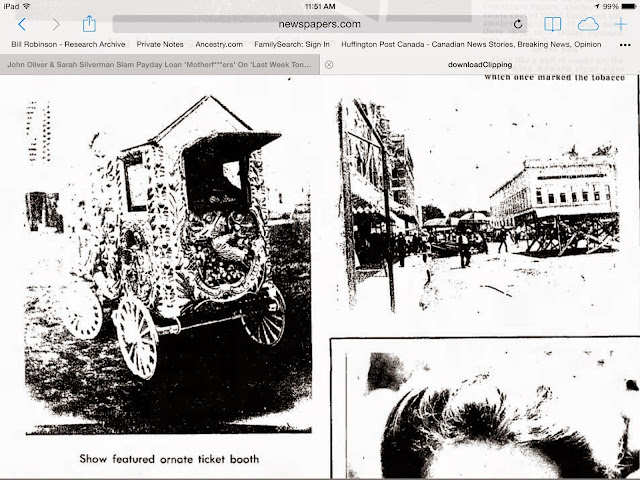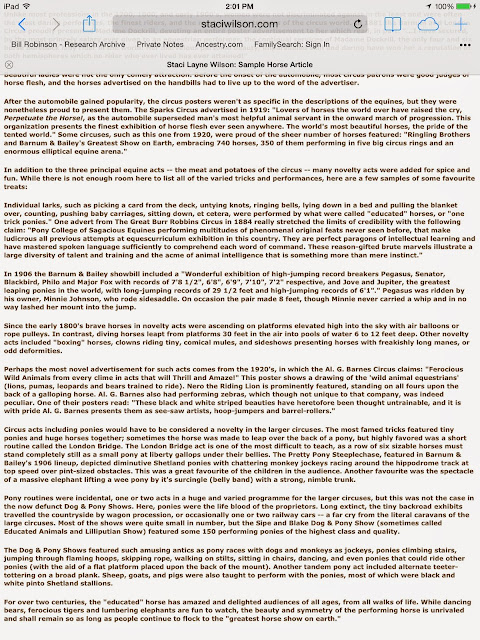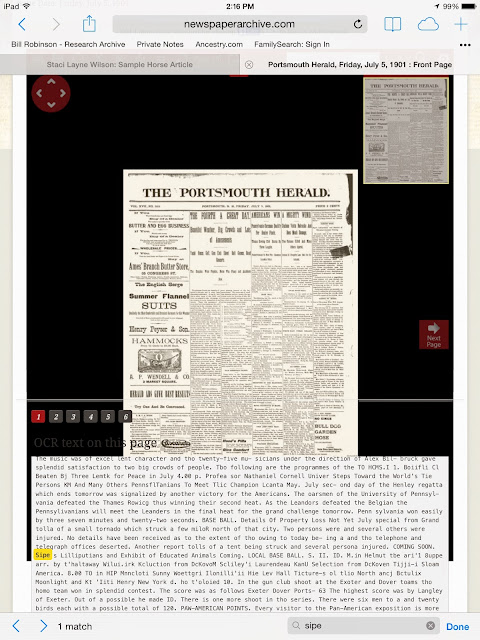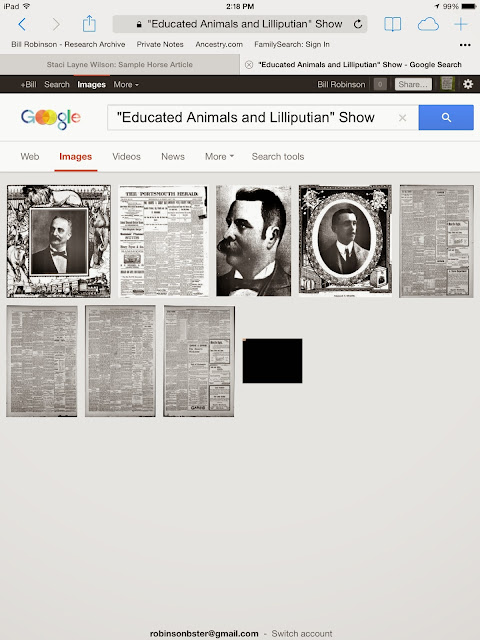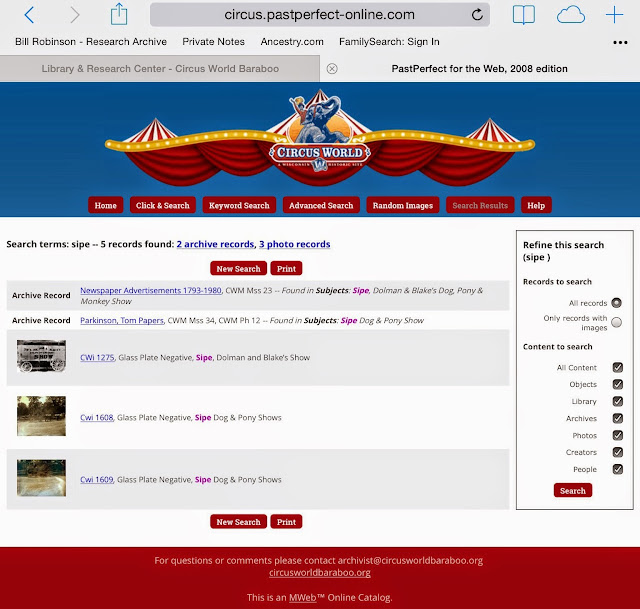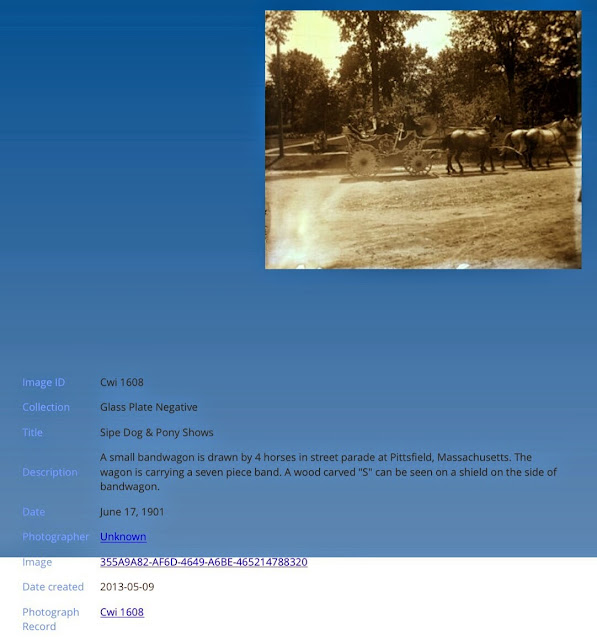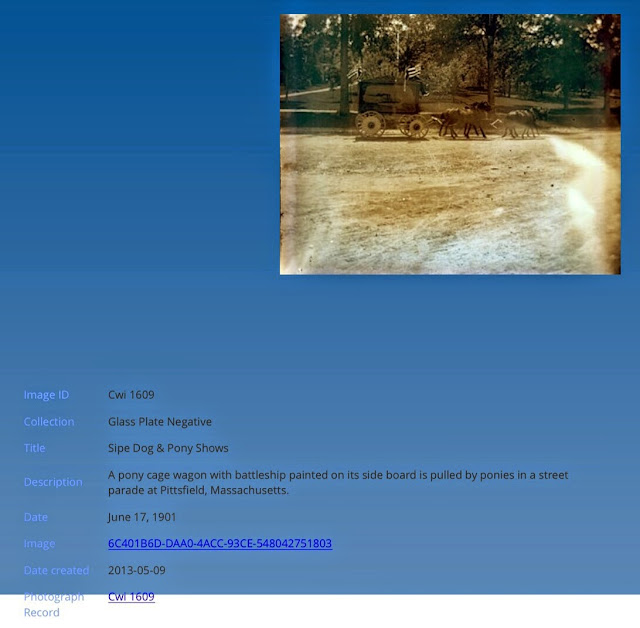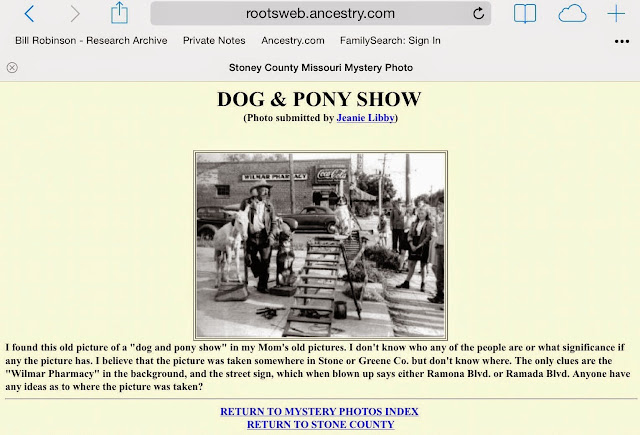http://apihtawikosisan.com/2011/12/got-status-indian-status-in-canada-sort-of-explained/
Got Status? Indian Status in Canada, sort of explained.
It has been my experience that many Canadians do not understand the difference between Status and membership, or why so many different terms are used to refer to native peoples. The confusion is understandable; this is a complex issue and the terms used in any given context can vary greatly. Many people agree that the term ‘Indian’ is a somewhat outdated and inappropriate descriptor and have adopted the presently more common ‘First Nations’. It can seem strange then when the term ‘Indian’ continues to be used, in particular by the government, or in media publications. The fact that ‘Indian’ is a legislative term is not often explained.
As a Métis, I find myself often answering questions about whether or not I have Status, which invariably turns into an explanation about what Status means in the Canadian context. The nice thing is, as time passes, fewer people ask me this because it does seem that the information is slowly getting out there into the Canadian consciousness.
To help that process along, I figured I’d give you the quick and dirty explanation of the different categories out there. Well…quick is subjective, I am after all notoriously long-winded.
Terms discussed:
- native
- indigenous
- Aboriginal
- Status Indian
- non-Status Indian
- Métis
- Inuit
- First Nations
- Bill C-31 Indians
- Bill C-3 Indians
- Band membership
- Treaty Indians
Context first
Obviously I want to focus specifically on the Canadian context. Since I’m trying to clarify the terms used, for this post I’m going to avoid using them interchangeably even though I tend to do this elsewhere.
When speaking generally, I will use the term native because it tends not to have any legal meaning and it’s just a term I’m used to using. When referring to specific legal definitions, I will use the legislated terms.
This discussion focuses mainly on Status, and does not delve into definitions of Inuit or Métis, nor is there much explanation about what being non-Status means. Those are also huge issues that require separate posts.
Status versus Membership
Status is a legal definition, used to refer to native peoples who are under federal jurisdiction. Federal jurisdiction over, “Indians, and Lands reserved for the Indians” was set up in our first Constitution, the Constitution Act, 1867, in section 91(24). This division of powers is not a little detail, so I’d like you to keep it mind always in these discussions.
The particular piece of federal legislation that defines Status is the Indian Act, which was created in 1876 and has been updated many times since then. Status then can be held onlyby those native peoples who fit the definition laid out in the Indian Act.
Membership is a much more complex issue. It can refer to a set of rules (traditional or not) created by a native community, that define who is a member of that community. It can also refer to those who are considered members of certain regional or national native organisations. It can be used in a much less formal and subjective sense, such as being part of an urban or rural native group.
Obviously these definitions will overlap at times. The most important thing to note is that having membership is not the same as having status. For example, I am a member of the Alberta Métis Nation. I am not a Status Indian.
Who is Aboriginal?
The term Aboriginal came into legal existence in 1982 when it was defined in section 35 of the Constitution Act, 1982. Section 35(2) defines Aboriginals as including “the Indian, Inuit and Métis peoples of Canada”. It is a general, catch all term that has gained legal status in Canada, and therefore is particular to the Canadian context.
The term ‘indigenous’ is another such catch all descriptor, but does not have the samenational legal connotations. It is widely used internationally, however. I am linking now to theUN Declaration of the Rights of Indigenous Peoples to give you a sense of how it is used.
The Constitution Act, 1982 does not define ‘Indian’, ‘Inuit’ or ‘Métis’. The definitions have been fleshed out in legislation, in court decisions, and in policy manuals and have changed significantly over the years. Thus you will see these terms used in different ways depending on how old your sources is, or what period of time is being discussed and so on. Confused? Oh don’t worry, you’re not alone!
Being Aboriginal does not mean one has legal Status; Status is held only by Indians as defined in the Indian Act.
Status
Status Indians are persons who, under the Indian Act are registered or are entitled to be registered as Indians. All registered Indians have their names on the Indian roll, which is administered by Aboriginal Affairs and Northern Development Canada (AANDC). (I still call this Ministry INAC (Indian and Northern Affairs Canada) or DIAND (Department of Indian Affairs and Northern Development) which are both names I grew up hearing.)
Status Indians are able to access certain programs and services which are not available to other Aboriginal peoples.
Does this seem like a vague definition? It isn’t. It is incredibly detailed and confusing. The definitions have changed many times over the years. If you want to read more on this issue,this page gives a great overview of pre and post 1867 definitions as well as explaining some of the more shocking aspects of the Indian Act over time.
Bill C-31 and Status
There were various federal policies over the years that caused Status Indians to be removed from the Indian roll. Some lost Status when they earned a university degree, joined the Army or the priesthood, gained fee simple title of land, or married a non-Indian (this last one applied only to women). One minute you were legally an Indian, and the next…you weren’t.
Bill C-31 was passed in 1985 as an amendment to the Indian Act, and was intended to reinstate Status for those who had lost it. In particular the Bill was supposed to reverse sexual discrimination that had cause Indian women who married non-Indians to lose their Status while men who married non-Indian woman not only kept their Status, but also passed Status on to their non-Indian wives.
Bill C-31 added new categories to the Indian Act, defining who is a Status Indian, and who will be a Status Indian in the future. The legislation does not specifically refer to any sort of blood quantum, therefore there is no official policy that would take into account half or quarter Indian ancestry. Nonetheless, ancestry continues to be a determining factor in who is a Status Indian.
Section 6 of the Indian Act identifies two categories of Status Indians, called 6(1) and 6(2) Indians. Both categories provide full Status; there is no such thing as half Status. The categories determine whether the children of a Status Indian will have Status or not.
This might be a good time to get a coffee, because this next bit is always confusing for people.
A 6(1) Indian who marries a 6(1) or a 6(2) Indian will have 6(1) children. Everyone in this ‘equation’ is a full Status Indian themselves.
If two 6(2) Indians marry, they will have children with 6(1) Status.
A 6(1) Indian who marries anyone without Status (whether that person is Aboriginal or not) will have children who have 6(2) Status. A 6(2) Indian who marries anyone without Status (whether that person is Aboriginal or not) will have children with no legal Indian Status.
Look at this chart again. Two generations of ‘out-marriage’. That is all it takes to completely lose Status. It does not matter if you raise your grandchildren in your native culture. It does not matter if they speak your language and know your customs. If you married someone without Status, and your grandchildren have a non-Status parent, your grandchildren are not considered Indian any longer. Not legally.
To be honest, it is amazing there are any Status Indians left in this country.
Bill C-31, way to not fix sexism!
One of the most criticised aspects of Bill C-31 was that it did not actually reverse the sexism inherent in denying women Status if they married a non-Status man.
Women who had their Indian Status reinstated under Bill C-31 had 6(1) Status, but theirchildren had 6(2) Status. That makes sense according to the charts above, right?
The problem is that men who married non-Indian women actually passed on Indian Status to their previously non-Status wives. Thus the children of those unions have 6(1) status.
Sharon McIvor, and Bill C-3: Gender Equity in Indian Registration Act
Sharon McIvor launched an epic court battle to address the problems with Bill C-31 and theIndian Act. In response a Bill was introduced to Parliament for First Reading in March of 2010. The full title of this Bill is:
An Act to promote gender equity in Indian registration by responding to the Court of Appeal for British Columbia decision in McIvor v. Canada (Registrar of Indian and Northern Affairs)
Bill C-3 was given Royal Assent on December 15, 2010 and came into force (became law) on January 31, 2011. A great many grandchildren of women who regained Status under Bill C-31 (but who passed on only 6(2) Status to their children) can now regain their 6(2) Status if they choose to.
In an unsurprising twist, this means my mother and her siblings are eligible for 6(2) Status. Many people are being faced with the same situation, and it is not an easy choice to make. Identity politics are incredibly convoluted and mined with danger. For others who have ‘lived’ Indian their whole lives, Status be damned, it can be an important change…but ultimately one that reinforces the so-called legitimacy of a colonial power deciding who is Indian and who is not.
By the way, ‘Bill C-3 Indians’ isn’t very catchy…I wonder if we’re going to start calling them ‘McIvor Indians’? (Say it out loud  )
)
Band Membership
There are a number of sub-categories that apply to Status Indians. One category is Band membership.
A Band is defined as a group of Indians for whom land has been set aside (a Reserve), or who have been declared a Band by the Governor General (no Reserve). A Band might have a number of reserves, but can also have no land reserved at all. Think of a Band as the people themselves.
Before Bill C-31, having Indian Status automatically gave you Band membership. Bill C-31 gave Bands the ability to stay under the Indian Act Band membership rules (automatic membership with Status) or make their own rules regarding membership.
Thus you can have Status Indians who have no Band membership, just as you can have non-Status Indians who do have Band membership. Being a Status Indian is no longer a guarantee that you will be a member of a Band.
Bill C-3 Indians face the same problems as Bill C-31 Indians did. Having Status does not necessarily mean they will be able to live on reserve or get Band Membership. The pros and cons of this are hotly debated, so I’m going to back away slowly and not touch that, except to point out that there were and are no plans to make federal funding responsive to the influx of those with newly acquired Status under either Bill.
Reserves
Related to Band membership, another sub-category is between reserve and non-reserve Indians. This does not refer to whether one actually lives on the reserve or not, but rather describes whether an Indian is affiliated with a reserve. These are people who have accessto a reserve and the right to live there if they choose.
Even though no historical Treaties were signed in British Columbia, there are many reserves, while in the Northwest Territories which is covered by a numbered Treaty, there are no reserves. I also pointed out above that you can have membership in a Band that doesn’t have a reserve at all.
As in other situations, being a Status Indian does not guarantee you access to a reserve, and there are non-Status people who live on reserve as well.
Treaty Indians
Another sub-category you should know about has to do with whether or not someone is a Treaty Indian.
Treaties in this context refer to formal agreements between legal Indians or their ancestors and the Federal government, usually involving land surrenders. The so called ‘numbered Treaties’ were signed between 1875 and 1921 and cover most of western and northern Canada. British Columbia, with the exception of Vancouver Island is not covered by any historical Treaty.
Other Treaties were signed in eastern Canada, but there are vast areas in the east that are still not covered by any Treaty. A number of modern (since 1976) Treaties have been signed in BC, and in other areas of the country, and negotiations are still underway to create more Treaties. Some Treaties provided for reserves and others did not.
There are many non-Status Indians, particularly in eastern Canada, who consider themselves Treaty Indians. In the Prairies, “Treaty Indian” is often used interchangeably with “Status Indian” although one is not always the same as the other.
Confused yet?
To sum up, Status is held only by Indians who are defined as such under the Indian Act. Inuit and Métis do not have Status, nor do non-Status Indians. There are many categories of Status Indians, but these are legal terms only, and tell us what specific rights a native person has under the legislation.
If a native person is not a Status Indian, this does not mean that he or she is not legally Aboriginal. More importantly, not having Status does not mean someone is not native. Native peoples will continue to exist and flourish whether or not we are recognised legally and you can bet on the fact that terms and definitions will continue to evolve.

